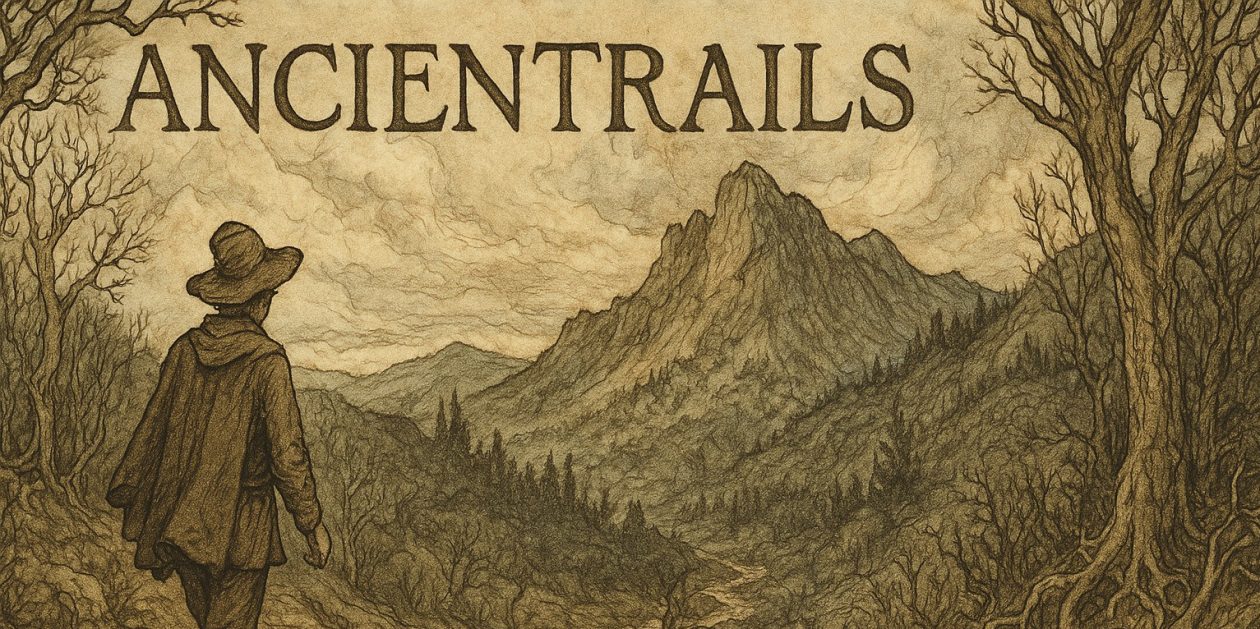Summer Full Summer Moon
The extended family got in the car and drove to the Osaka this evening. Ruth, three years old, downs sushi without aid of soy sauce and extra wasabi. Gabe distributes food put before him in an arc around his high chair, smiling and gracious the whole time. Jon, Jen and I share a common liking for raw fish prepared by Japanese chefs. Ruthie may be part of that, too, but I wonder what she’ll say when she discovers its raw fish.
The big puppies are inside tonight. Another test of their domestication.
Tuesday night the trash goes out here and I took the large plastic container down to the end of the driveway. As I did a whitetail deer, a doe, perked her ears up and looked right at me, about 150 feet away. We both stood motionless, with the exception of her ears, for five or six minutes. I looked at her, she looked at me. It was a sweet, natural moment between two species that have thrived in the suburban environment. She will, no doubt, try to gain nutrition from our vegetable and flower gardens, but, then, so do we.
The domesticity of the setting does not change that she is a wild animal. She comes and goes with no permission needed or given. Her visibility has its limits, usually we see deer around dusk, as tonight, but they are always somewhere nearby, tucked into a grassy bed or browsing in a hidden meadow. The same is true of the groundhog, the Great Horned Owl, the gray squirrel, red fox, rabbits, mice, snakes, salamanders and frogs. Without the wild animal we would have no other against which to measure the degrees of our taming. We, too, were once wild. Now we live our lives inside right angles, with imitation suns and recorded music.
There are, though, those moments, like tonight, when the domestic and the wild come close, brush each other in passing. We can stand for a bit, gazing into one another’s realm, but the moments are fleeting, tendrils of time like the high cirrus clouds. We return to the house or the brush, relieved we had a place to go, a safe place, a familiar place.
Some of the same occurs each night when we look at the moon or the distant stars. They represent places that, until 1969, no human had ever reached, even now the numbers are tiny. 12 men have walked on the moon, all between 1969 and 1972. The moon is a wilderness, as is the deep space that surrounds it. Wilderness will tolerate a human presence, but only if we agree to limit ourselves. If we do not, we can destroy the wildness and once gone it is difficult to retrieve.
Except, there are times when we stand and look wilderness in the eye until it twitches its white tail and gracefully exits.
